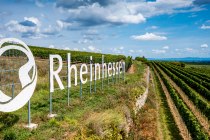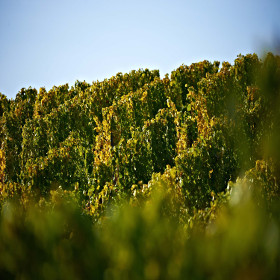Burgunderhof Merkel GbR
Burgunderhof Merkel GbR is now run by the 4th generation of the Merkel family. Trained winemaker Dietmar Merkel is the family head, who brings 40 years of experience and ambition. Since 2016, the young generation, the children Martin Merkel and Carmen Merkel, have been active in the company and together, a connection between tradition and modernity is lived. The last 20 years were based on young, ready-to-drink wines. However, the interests and visions of the young generation bring age back into the bottle. Short maturation in oak barrels transforms the wines into young heroes, but also makes them more delicious, once they are older.
Since 2004, the farm has been certified organic and the size was greatly reduced. Now, the wine gets the full Merkel energy, since only family members are working in the vineyard and in the basement.
The old wood is an important part of the training system in the vineyards - the vines are designed in a vertical style and transport the nutrients and natural information from the stem to the grapes.
Basically, they are focused on natural yield reduction, old wood (including 95-year Portugieser, 100-year-old Müller-Thurgau, 50-year-old Pinot Noir and 60-year-old Riesling vines), hand-picking and hand-crafts.
The site Gundersheimer Höllenbrand is the flagship of the winery, which was built in 1839 in the middle of this vineyard, which is just as sunlit as the adjacent world famous Westhofen Morstein.
In the winery, English and German are spoken.










